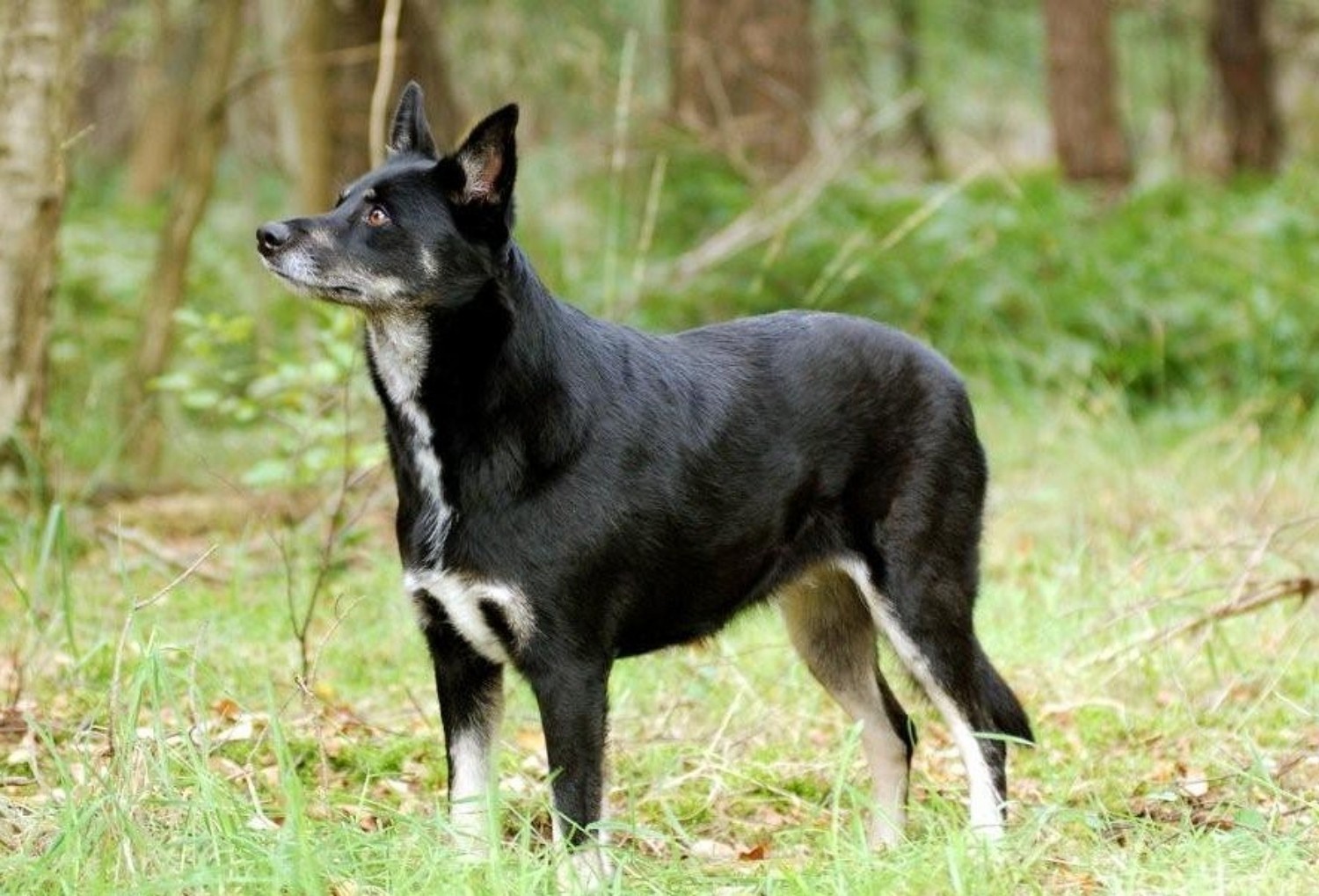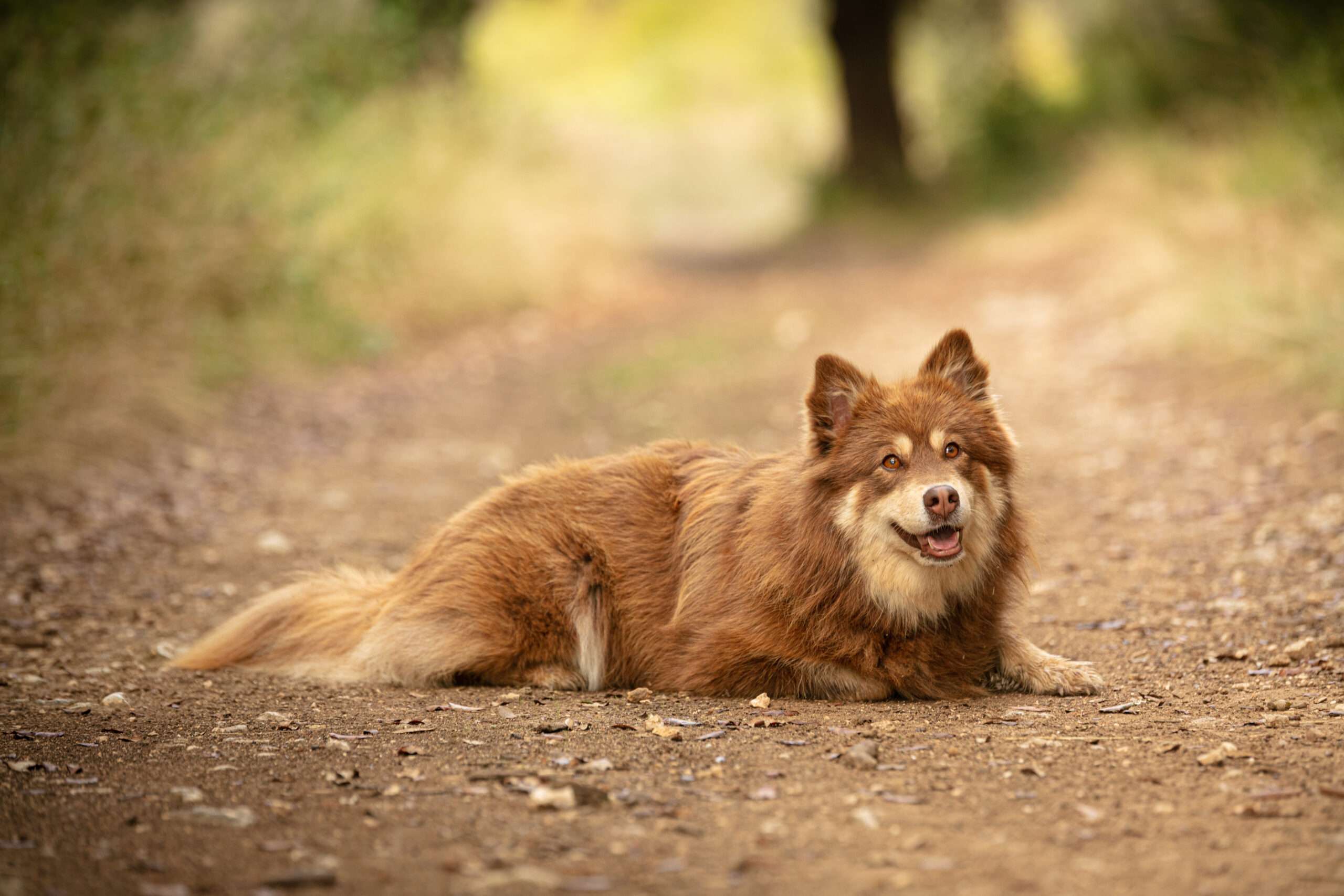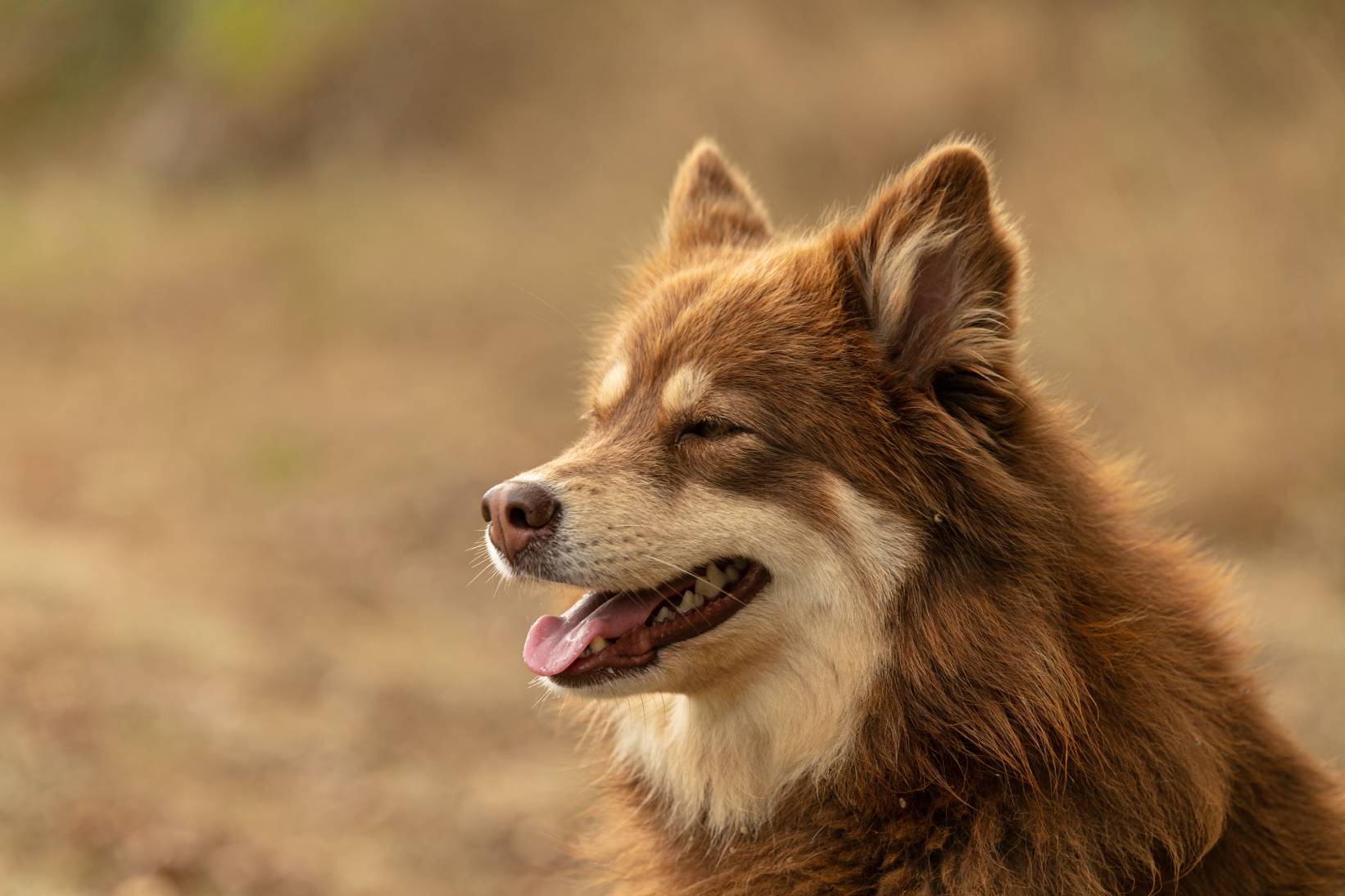
The Lapponian Herder, also known as Lapinporokoira in its native Finland, is a robust working breed developed by the Sámi people to herd and manage reindeer in the Arctic Circle. This ancient breed shares ancestry with other Nordic spitz and herding dogs, tracing back thousands of years.
Though similar dogs existed in northern Scandinavia for centuries, the modern Lapponian Herder was officially distinguished from the Finnish Lapphund in the mid-20th century. It was recognized by the Finnish Kennel Club in 1966 and by the Fédération Cynologique Internationale (FCI) in 1966. It remains a rare but highly respected breed, particularly in northern Europe.
While relatively unknown outside of Finland and the Nordic countries, the Lapponian Herder has a loyal following among those who appreciate hardy working dogs with strong instincts and intelligence. In Finland, it’s still used as a reindeer herder, and its popularity is slowly spreading among dog sport enthusiasts and outdoor lovers elsewhere.
Its adaptability, loyalty, and calm nature make it an appealing choice for active individuals seeking a capable and devoted companion.
The Lapponian Herder has the rugged good looks of a working dog—athletic, well-muscled, and built for endurance in cold climates.
Coat:
• Dense, double coat designed for harsh weather.
• Outer coat is straight and harsh, while the undercoat is soft and insulating.
Color:
• Black is most common, often with tan or brown markings.
• Small amounts of white may be present on chest, feet, or tail tip.
Size:
• Height: 18–20.5 inches (46–52 cm)
• Weight: 60–70 lbs (27–32 kg)
Head & Expression:
• Strong, slightly domed head with a defined stop.
• Eyes are oval-shaped and dark, expressing intelligence and calm.
Ears:
• Medium-sized, erect, and mobile—alert and expressive.
Tail:
• Bushy and carried low or curled over the back depending on mood.
Body:
• Slightly longer than tall, with a straight topline and powerful build.
This breed is a calm, intelligent, and devoted worker—purpose-bred for endurance, cooperation, and responsiveness.
Herding Instincts:
• Strong herding drive with excellent control and focus.
• Can adapt this instinct into sports, obedience, or mentally stimulating games.
Loyal and Bonded:
• Strong attachment to its human family, particularly one person.
• Protective but not aggressive—naturally cautious with strangers.
Calm Demeanor:
• Despite being a working dog, tends to be calm and quiet indoors.
Eager to Learn:
• Quick to pick up commands and routines, especially when work or reward is involved.
Independent but Obedient:
• Not as clingy as companion breeds but thrives on meaningful interaction.

The Lapponian Herder is a wonderful fit for active households, especially those looking for a trainable, quiet, and capable dog.
Built for All Weather:
• Thrives in cold climates and handles tough terrain with ease.
Strong Work Ethic:
• Loves having a job—whether herding, hiking, or training in sports.
Low Barking Tendency:
• Less vocal than many herding breeds, making it a quieter companion.
Steady Temperament:
• Consistent and dependable with proper training and socialization.
Good with Kids and Pets:
• Gentle and tolerant when raised with children and other animals.
Training:
• Responds best to firm but gentle, reward-based training.
• Needs consistent leadership and plenty of engagement.
Exercise:
• Moderate to high exercise needs—enjoys hiking, running, and games.
• Daily physical and mental stimulation is a must.
Grooming:
• Brush 1–2 times weekly to manage shedding.
• More frequent brushing during seasonal sheds.
Nutrition:
• Feed a high-quality diet suited to working or active breeds.
• Monitor weight and activity levels.
Companionship:
• Devoted to its people—best in homes where it’s included in daily life.
• Not suited for long periods of isolation.

The Lapponian Herder is a generally healthy and robust breed with a lifespan of 12–14 years. However, some health concerns include:
• Hip dysplasia
• Progressive retinal atrophy (PRA)
• Cataracts
• Allergies or skin sensitivities
Health testing and responsible breeding help reduce the risk of inherited conditions.
Compared to the Finnish Lapphund, the Lapponian Herder is more streamlined and work-oriented. It’s less exuberant than a Border Collie and more weather-resistant than breeds like the Australian Shepherd. While sharing similarities with the German Shepherd, it’s less intense and better suited to cold climates.
If you're looking for a smart, resilient, and loyal companion that thrives in active or outdoor settings, the Lapponian Herder could be a perfect match. It offers calm companionship indoors and eager cooperation outdoors.
Not ideal for sedentary lifestyles or people who want a low-energy pet.
United Pet Club is here to guide you on your journey to finding and raising a Lapponian Herder—from breeder referrals to nutrition advice and training support. This strong, quiet, and loyal dog will become an integral part of your life and adventures.